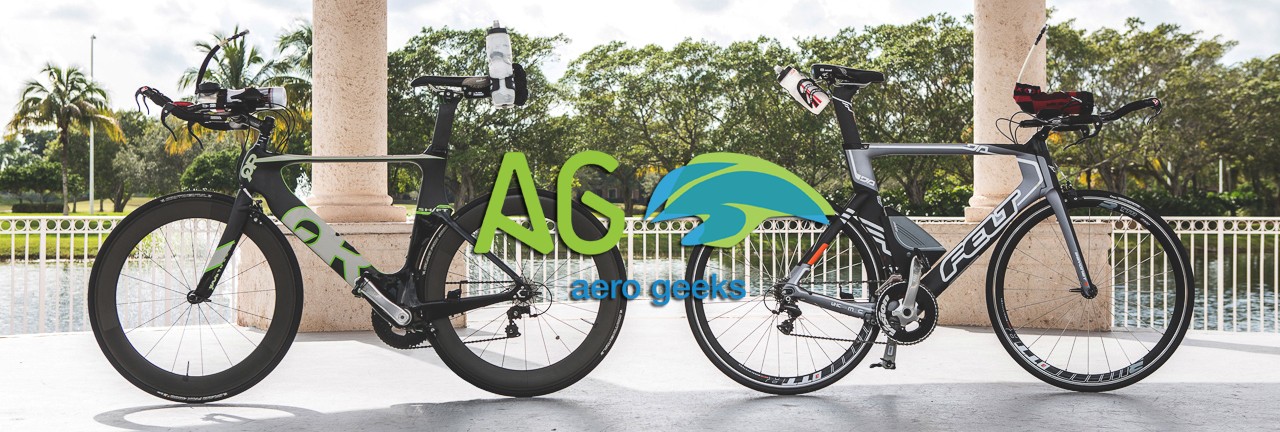The Bontrager Aeolus aero helmet exists for an entirely singular purpose – to get its athletes from point A to point B as fast as humanly possible. Built for the riders of Trek Factory Racing and designed for the roads of France, the Aeolus is a no-compromise aero helmet built for time trialing first and foremost. And after seeing it atop Jens last year, we knew we wanted to spend some time with it. Unfortunately that did require jumping through a few hoops as this is a European-only product and is not certified in the U.S. (that meant no racing with it). But we did end up getting plenty of training miles with the Aeolus atop our noggins, and we now know why you might find the Aeolus atop World Tour riders from Bejing to Boulder.
The Bontrager Aeolus Helmet
When Radioshack Nissan became Trek Factory Racing, one of the major changes was that Bontrager would now be supplying all components and kits to the team. Unfortunately, the team quickly realized that while this was great for wheels, bars, and jerseys, there was a glaring hole in the Bontrager line when it came to an aero time trial helmet. Clearly something had to be done to rectify that.
The team at Bontrager started with one premise – the helmet would be all about speed. Aero was to be the #1 design priority. For those who have spent time with aero helmets, you quickly realize the underlying implications – cooling would be a distant second. Because this was being designed specifically for the World Tour, it was decided that CE certification (indicating that a helmet fulfills the requirements in the European Economic Community (EEC) Directive) would be the fastest way to get it into their hands, thus the Euro only designation.
The shape of the Aeolus was refined in the San Diego Wind Tunnel. The team’s goal was to make the Aeolus faster than a bare head. And judging by Bontrager’s data below, they succeeded.
The Aeolus features a form-fit brow band that allows extra air to flow in at the front (one of the concessions to cooling that the Aeolus features). The bottom is open at the back to allow the air to flow out. According to Bontrager, if they had closed it, they would have gotten some small performance gains but taken a large cooling hit.
For those who choose the Aeolus, expect a snug fit. The Aeolus is designed to be put on with the visor off. You can put the visor on once the helmet is secure. If you are a fan of sunglasses versus a visor, fret not, the helmet’s ear flaps are designed to fit sunglasses as well.
One of our favorite features of the Aeolus is the visor with its magnetic retention system. Because the Aeolus is meant to be put on sans visor, there needed to be an easy way to get it on and off. The new magnetic retention system ensures the visor stays put when riding but can be easily removed once the race of truth is complete. This system worked so well that we would not be surprised at all to see this system show up in future Bontrager products.
Our Thoughts
Starting with our first ride with the Aeolus, the big question on our minds was whether we’d want to Tri with it. From the outset, we knew that the Aeolus was designed with few compromises. And one of the biggest compromises was in the ventilation and cooling department. To that end, we rode both with the visor on and off to see if either would have an affect on cooling.
So lets get the first question out of the way – would we Tri with it? The answer is “yes, but….” We would have no issue using it for a Sprint or Olympic, but anything above that and we would be reaching for something else. And the reason why is simple. This helmet gets hot, and we just wouldn’t want to take that hit during a longer race.
As we mentioned earlier, we did quite a bit of riding both with and without the visor. With the visor on, you still get a bit of ventilation over the top of your head. And the magnetic retention system holds the visor securely. We never experienced any movement or vibration of the visor. The magnets hold it securely.
With the visor off, we definitely noticed an increase in ventilation. And while Bontrager tells us the Aeolus is faster with the visor on, for anything over a 40K TT or an Olympic distance race, we would probably forgo it.
Looking beyond ventilation, the Aeolus is a very comfortable helmet. Weighing in at 418g (size M), the Aeolus is light on your head, and in cooler weather, you could almost forget you’re wearing it.
Wrapping Up
At a cost of £199.99 the Aeolus is definitely an interesting proposition. For anyone looking for a short distance tri helmet or 40k TT helmet (and lives in Europe), this is a helmet worth looking at. Designed specifically for Tour caliber riders (and ridden by Jens), you have to take its credentials seriously. At the end of the day the Bontrager Aeolus is a helmet designed to do one thing and do it well. And if you are someone looking to get from point A to point B as fast possible and everything else is secondary, the Aeolus may be exactly what you are looking for.








it be interesting seeing all the helmets now and how it fits your 40KM TT
Is there a legend key error? Otherwise, the data doesn’t say much about the benefits of aero helmets. I think the bare head was the grey line.